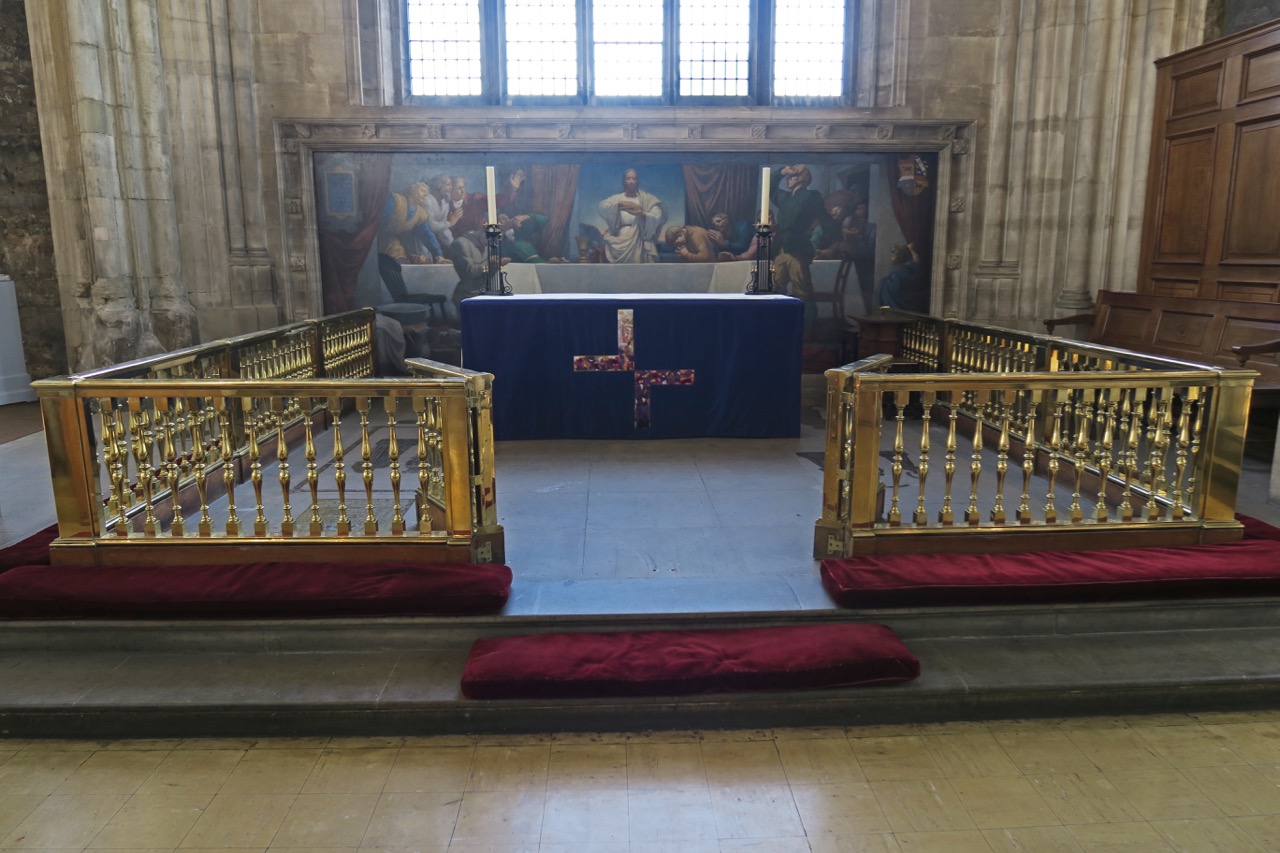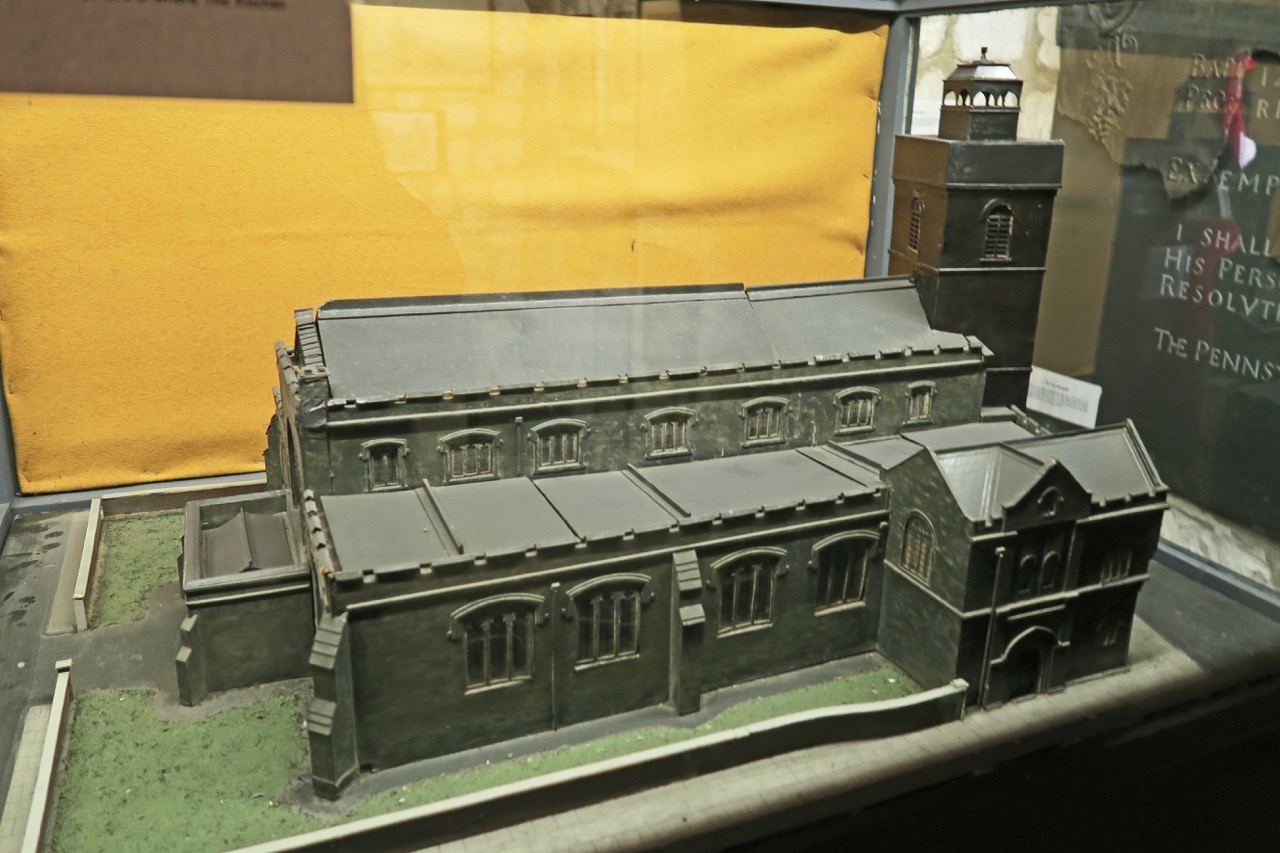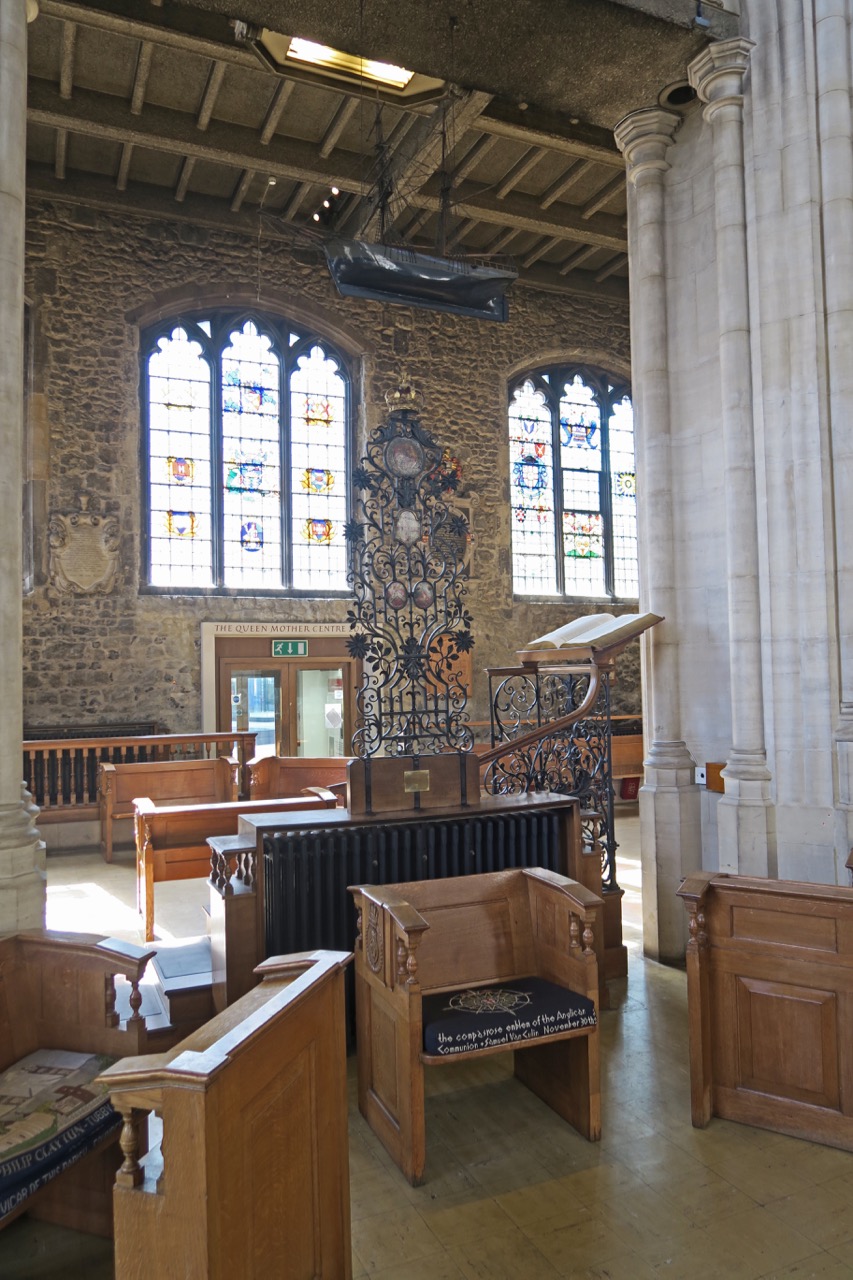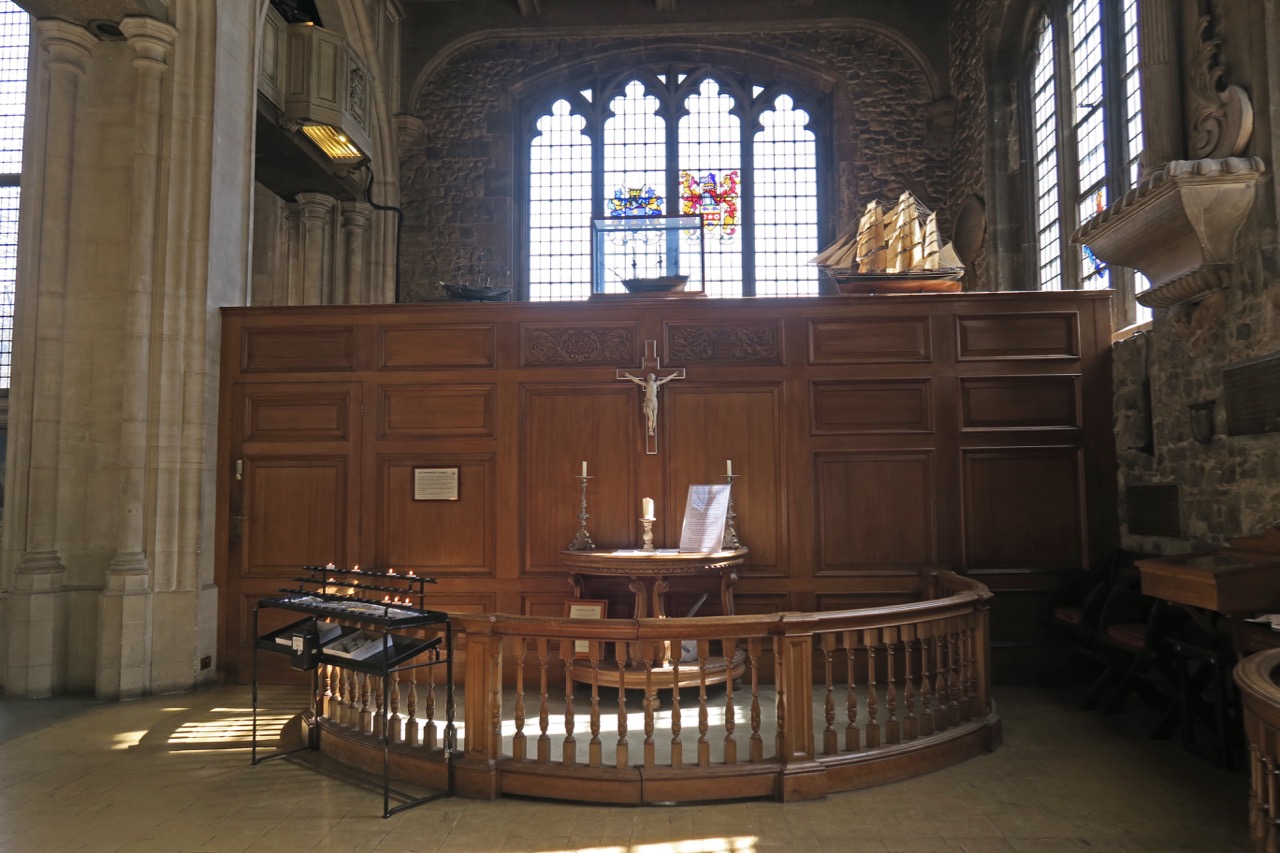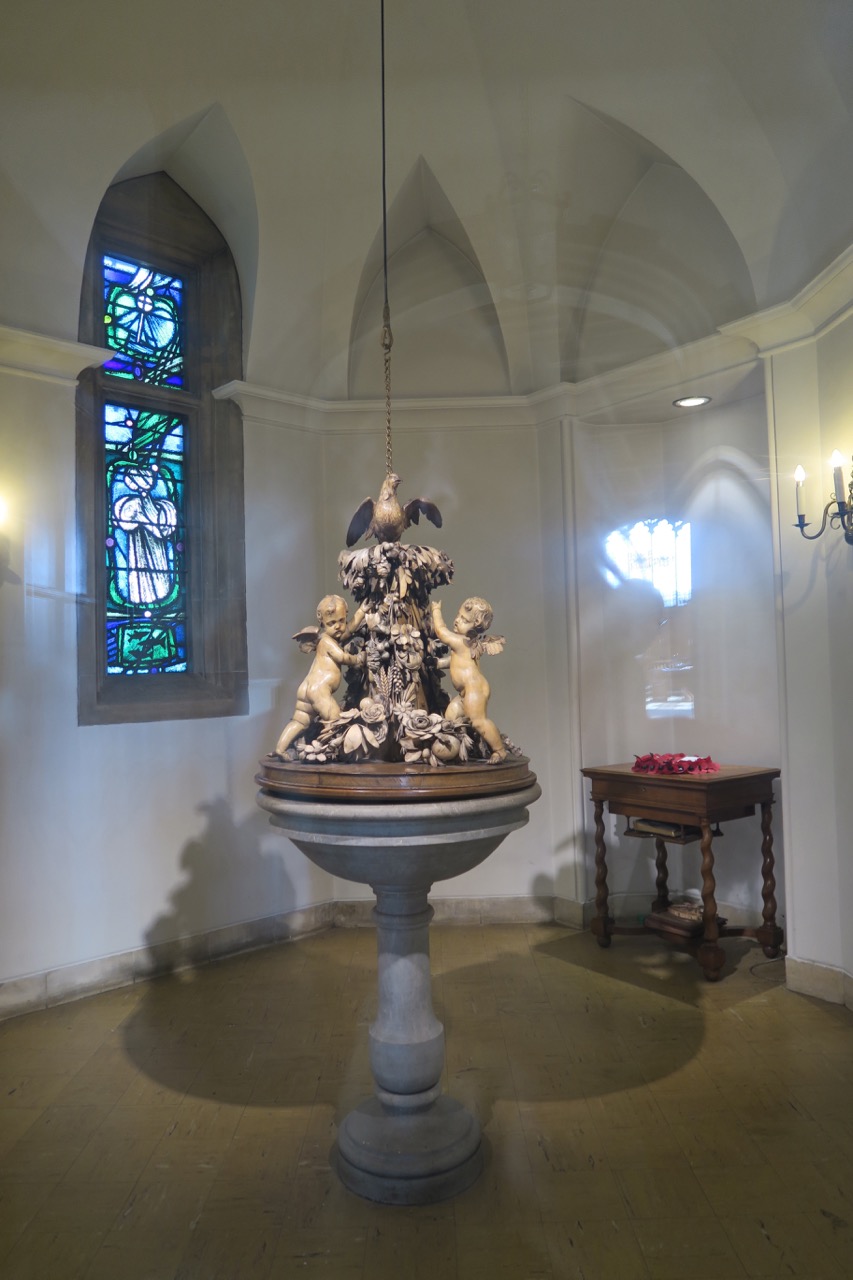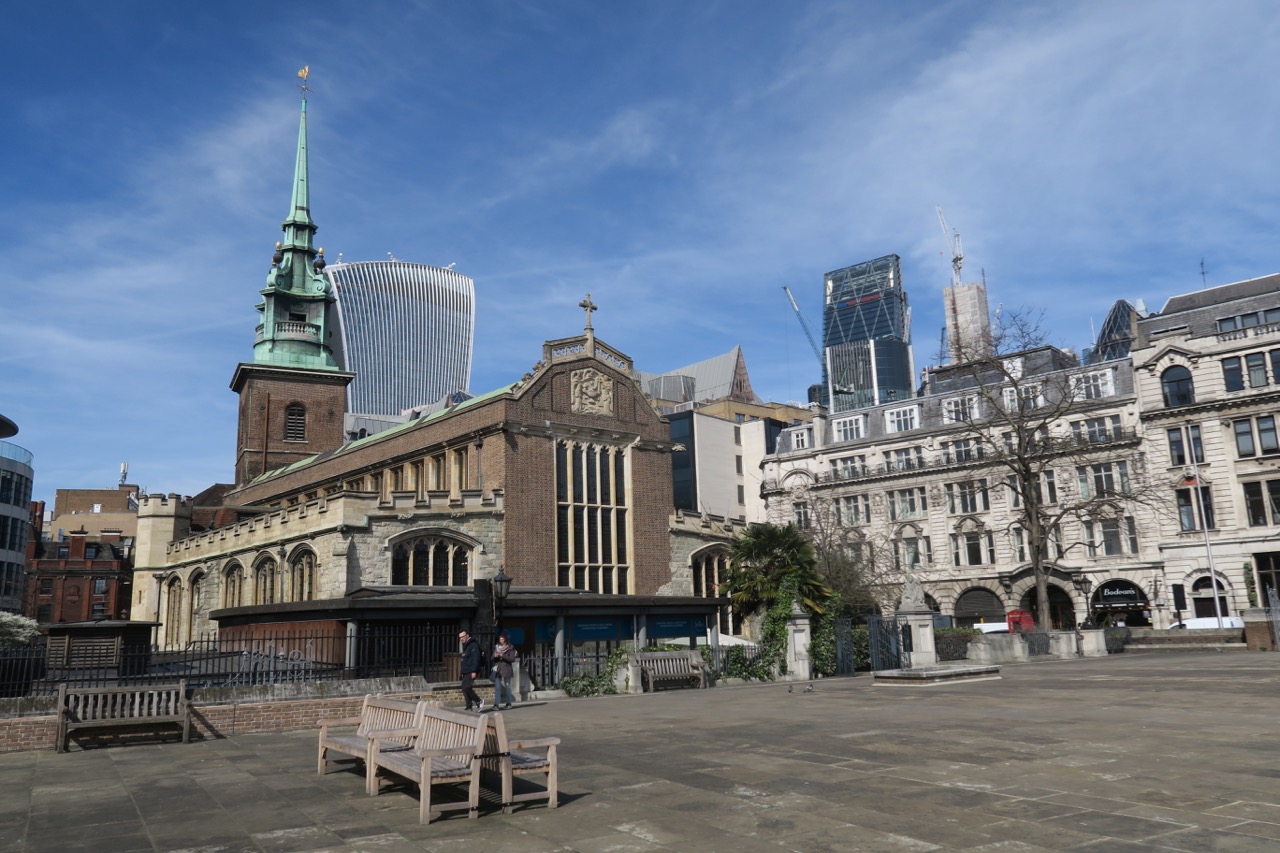
All Hallows-by-the-Tower, exterior view
25/03/2017 | © 2017 TuK Bassler – CC-BY-SA 4.0

View from the north
04/08/2016 | © 2016 TuK Bassler – CC-BY-SA 4.0
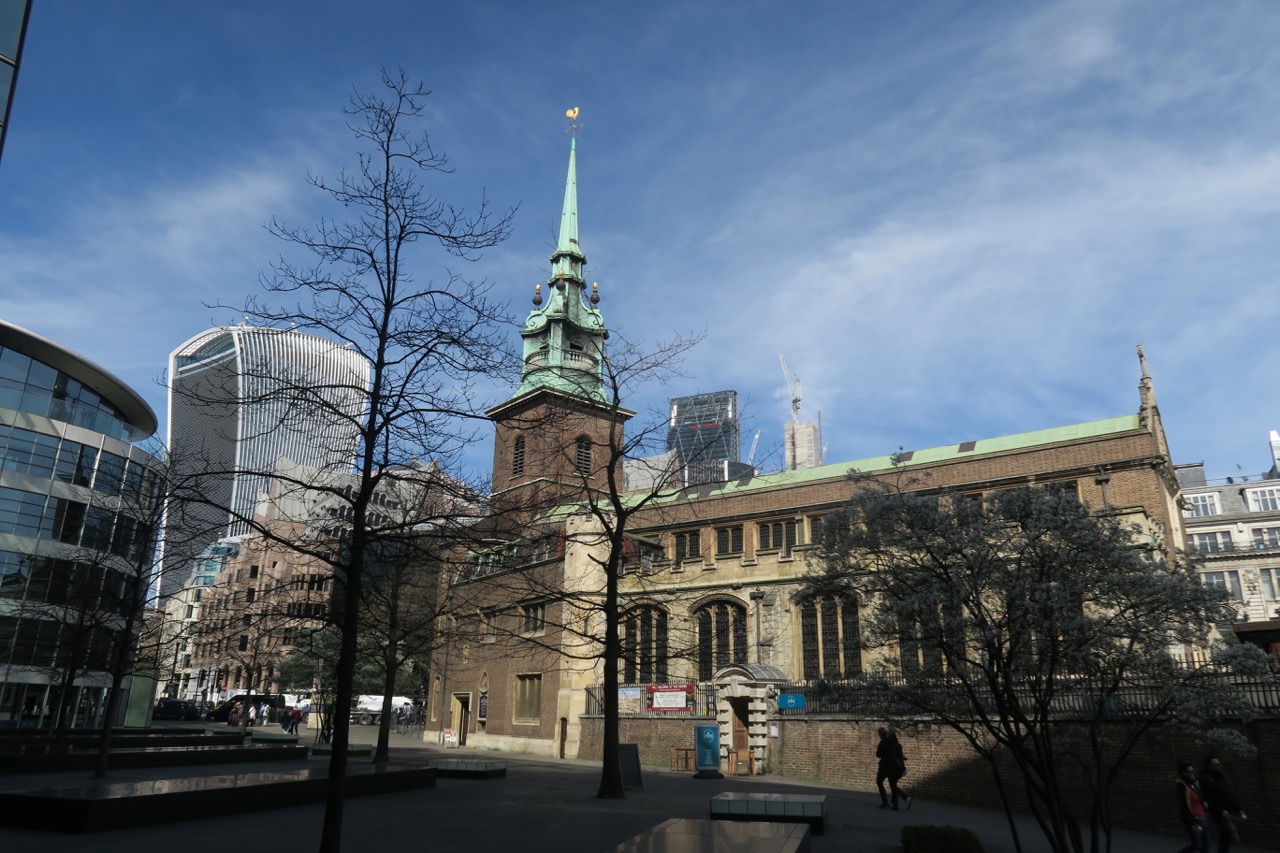
View from the south
25/03/2017 | © 2017 TuK Bassler – CC-BY-SA 4.0
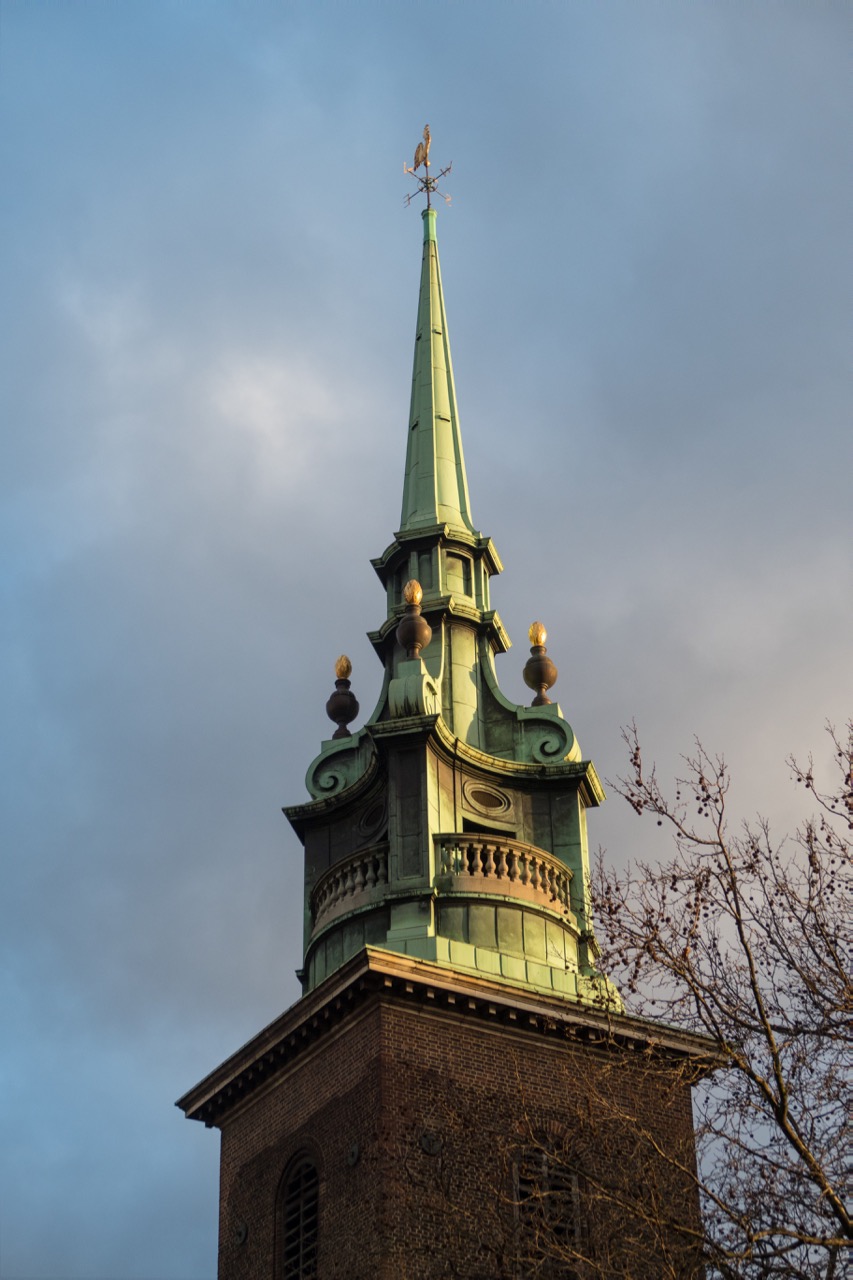
View of the spire from the north-west
09/02/2018 | © 2018 TuK Bassler – CC-BY-SA 4.0

Mirror image of the spire
09/02/2018 | © 2018 TuK Bassler – CC-BY-SA 4.0
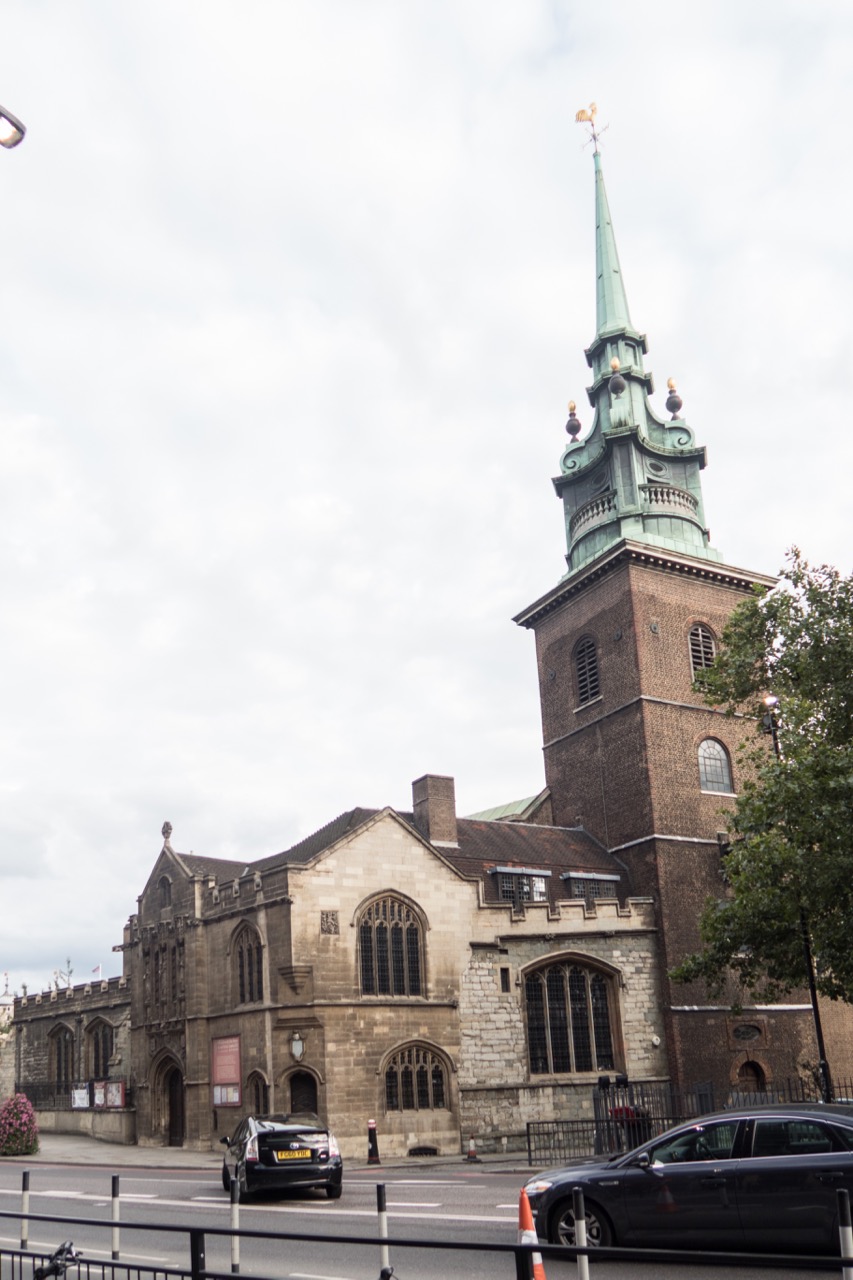
View from the north-west
04/08/2016 | © 2016 TuK Bassler – CC-BY-SA 4.0
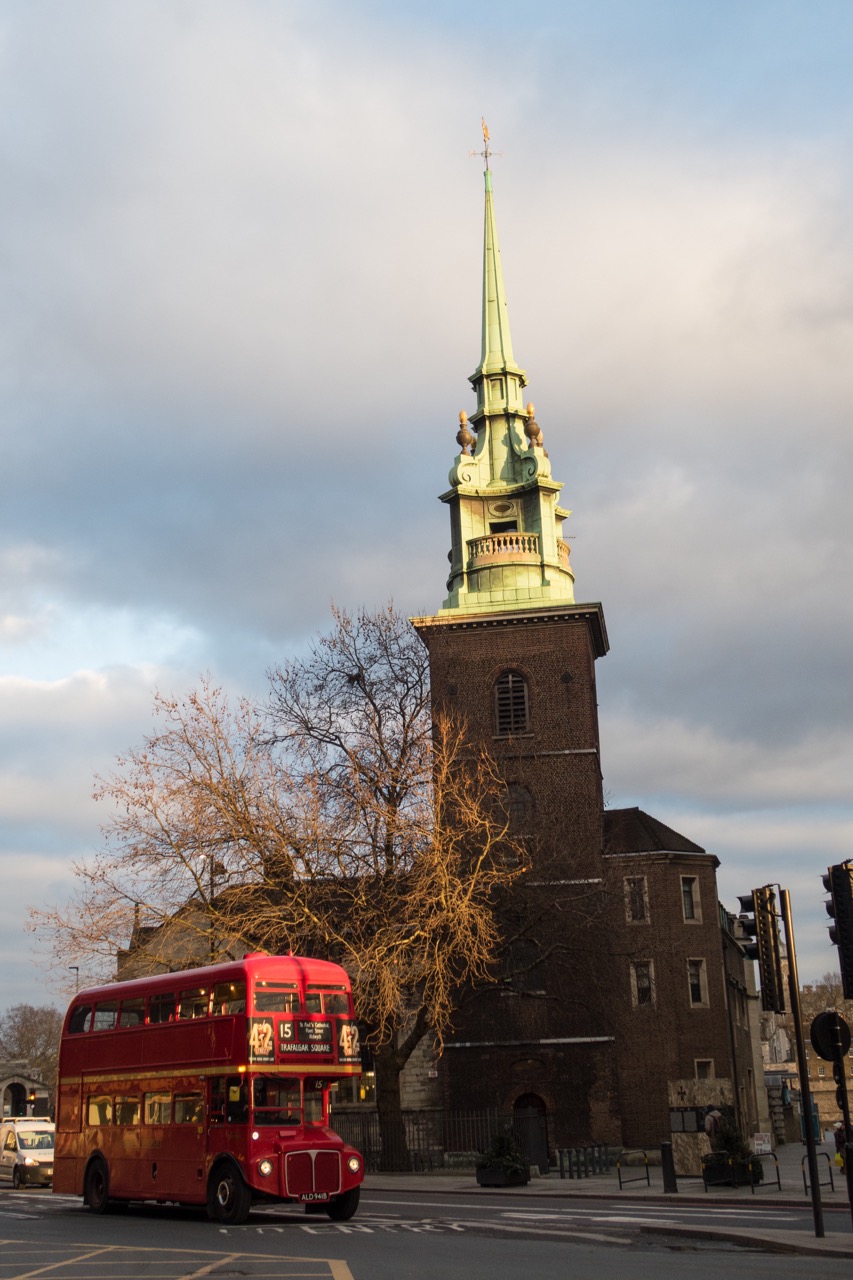
View from the west
09/02/2018 | © 2018 TuK Bassler – CC-BY-SA 4.0
Previous
Next
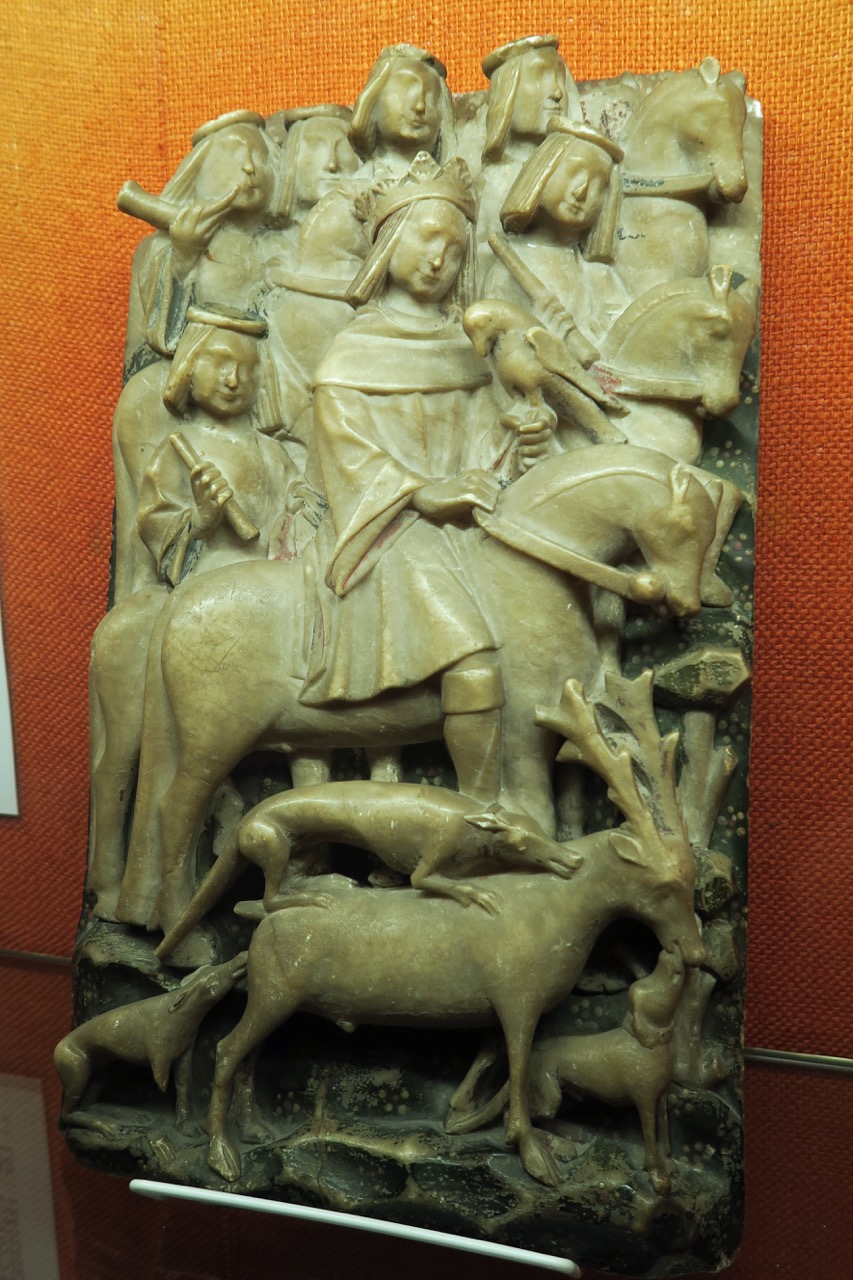
Alabaster sculpture
25/03/2017 | © 2017 TuK Bassler – CC-BY-SA 4.0
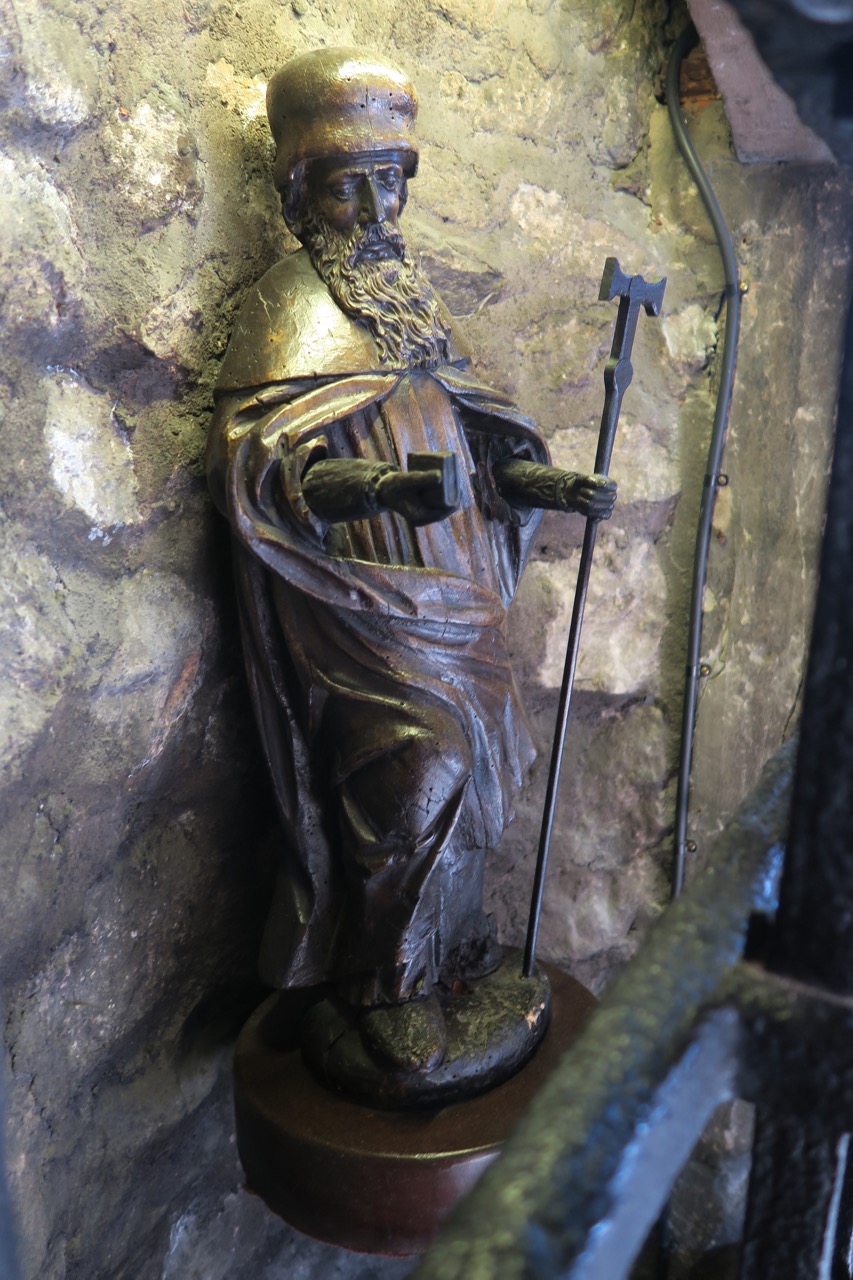
Statue of St Anthony
25/03/2017 | © 2017 TuK Bassler – CC-BY-SA 4.0
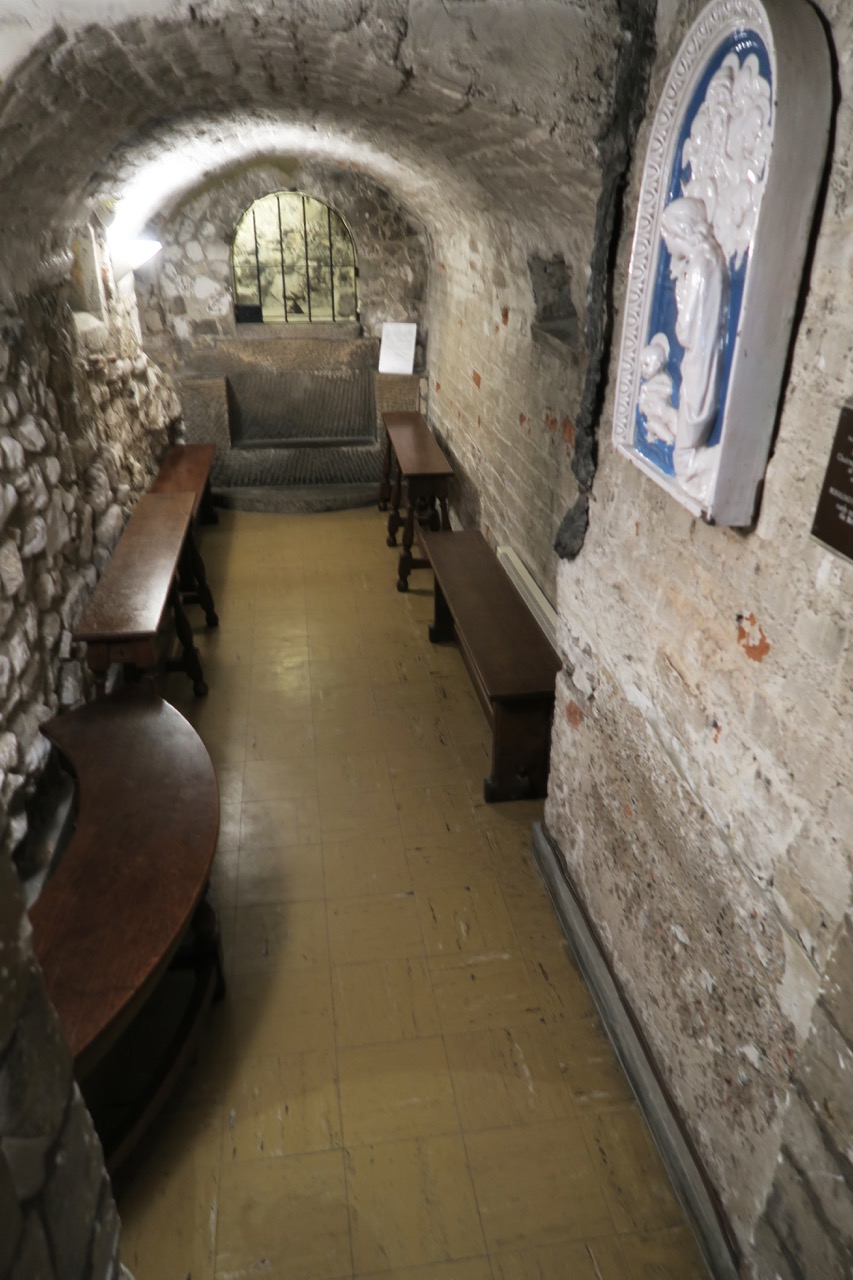
Oratory of St Clare
25/03/2017 | © 2017 TuK Bassler – CC-BY-SA 4.0
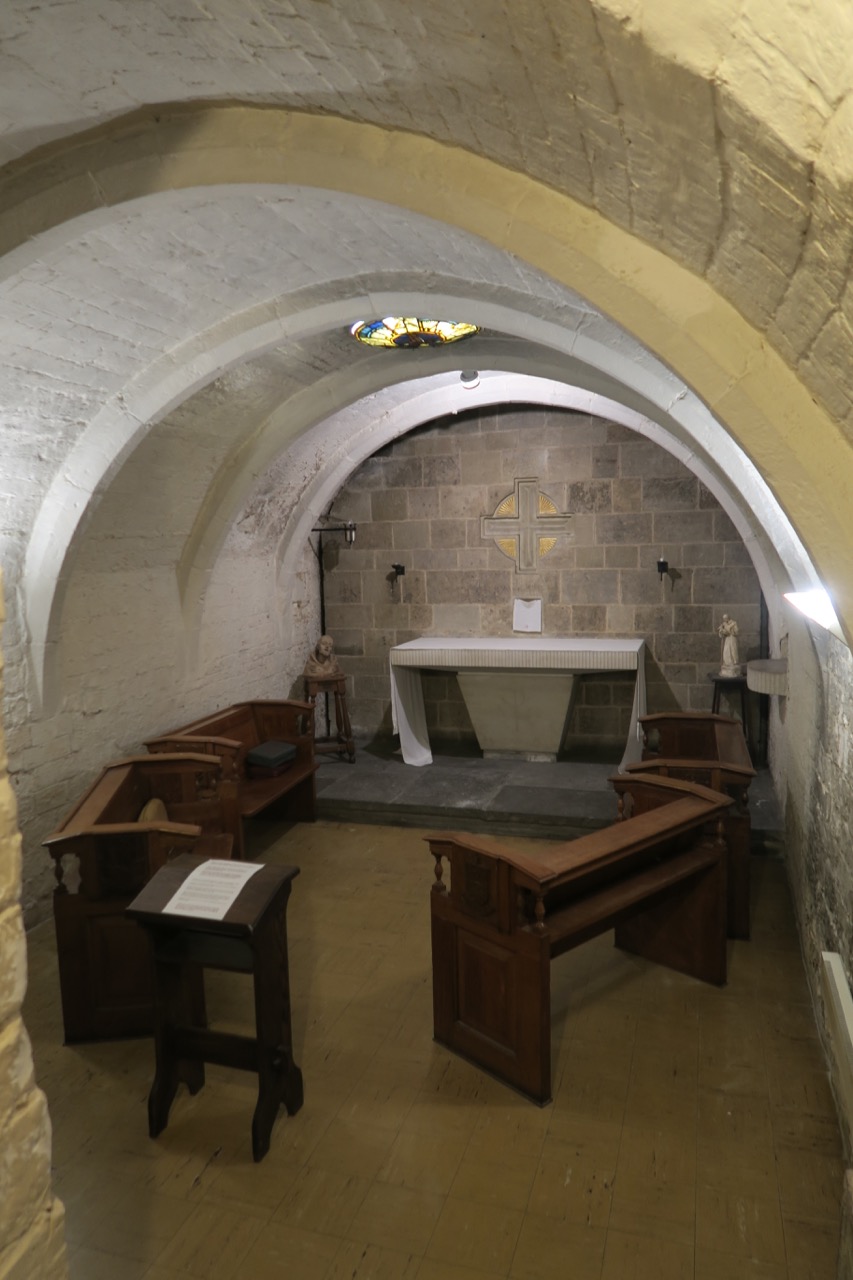
Chapel of St Francis of Assisi (crypt from c. 1280)
25/03/2017 | © 2017 TuK Bassler – CC-BY-SA 4.0
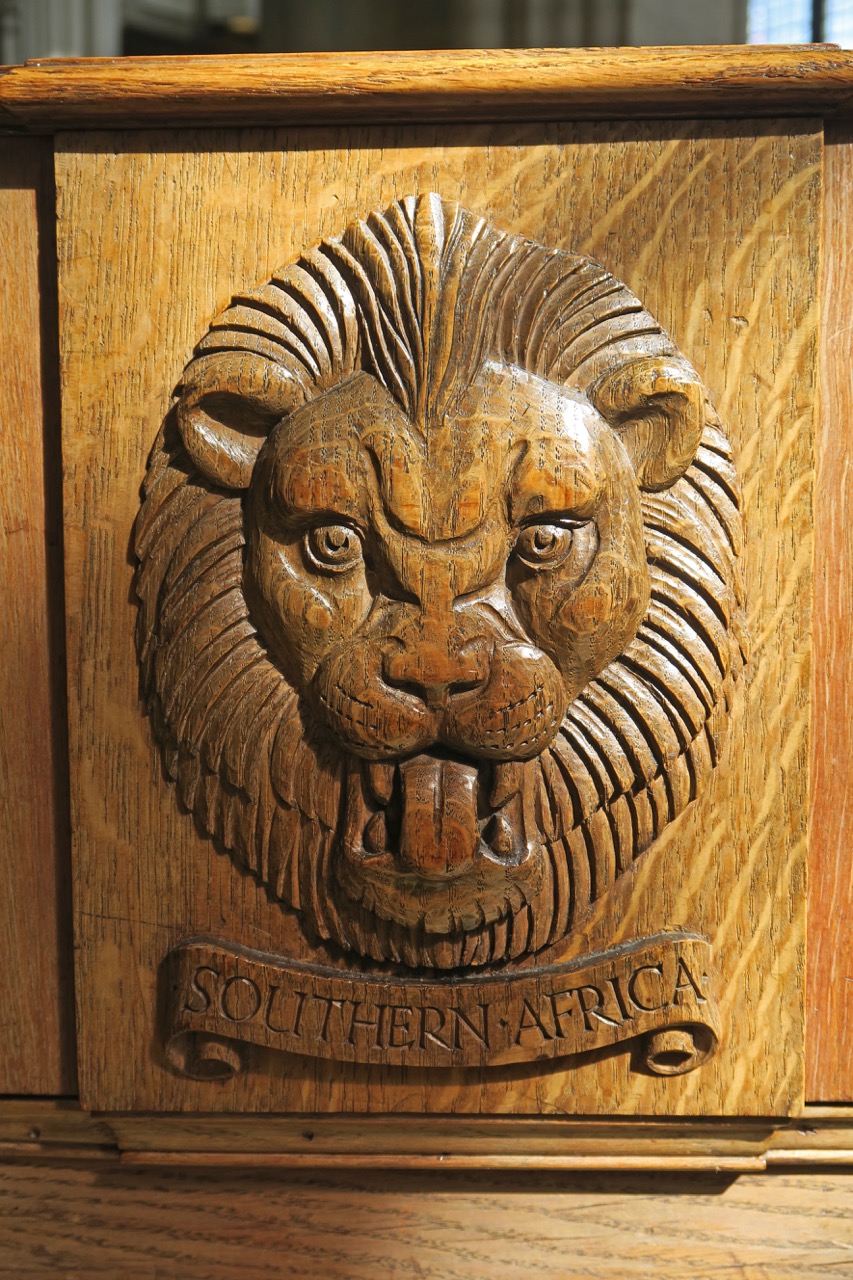
Detail of pews
25/03/2017 | © 2017 TuK Bassler – CC-BY-SA 4.0
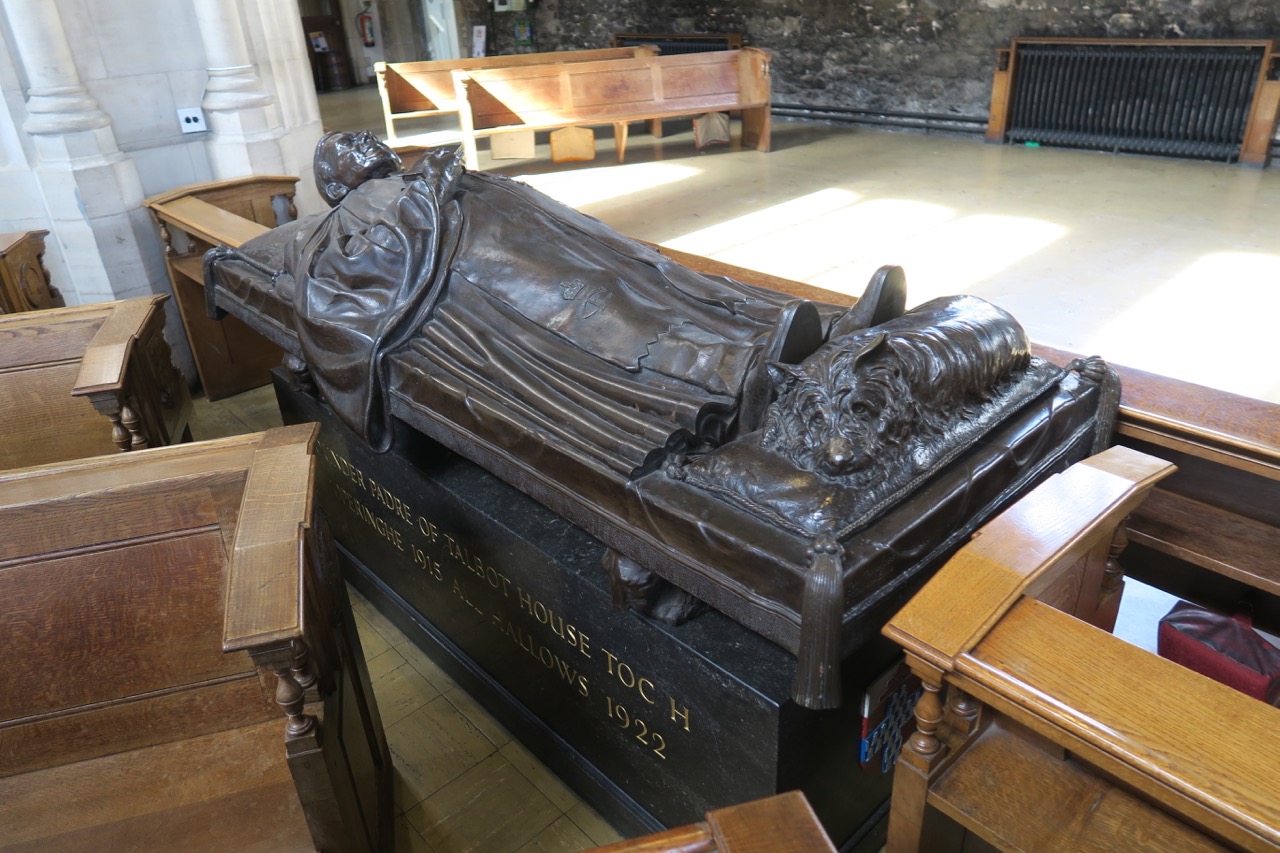
Effigy of Thomas Byard Clayton, founder of Talbot House (Cecil Thomas, 1972)
25/03/2017 | © 2017 TuK Bassler – CC-BY-SA 4.0
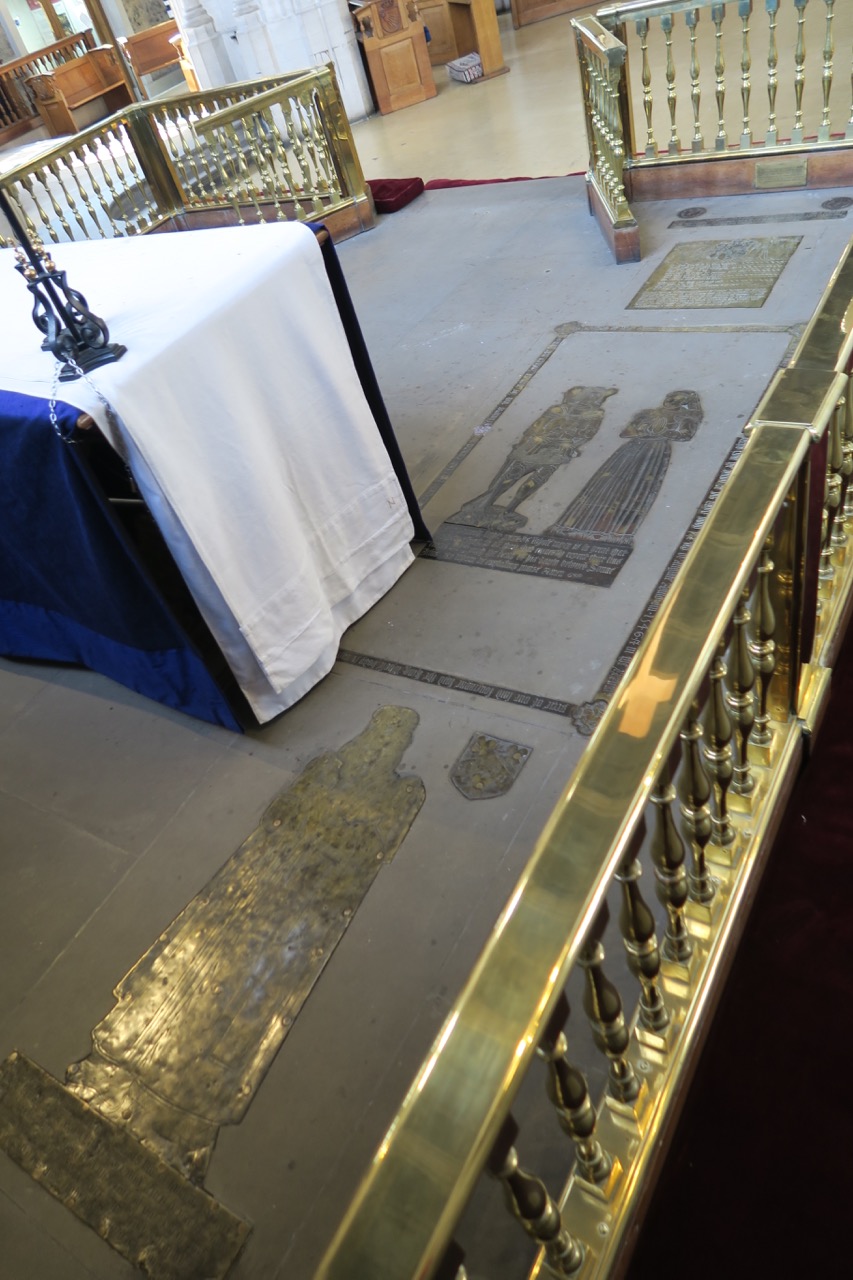
Memorial brasses
25/03/2017 | © 2017 TuK Bassler – CC-BY-SA 4.0
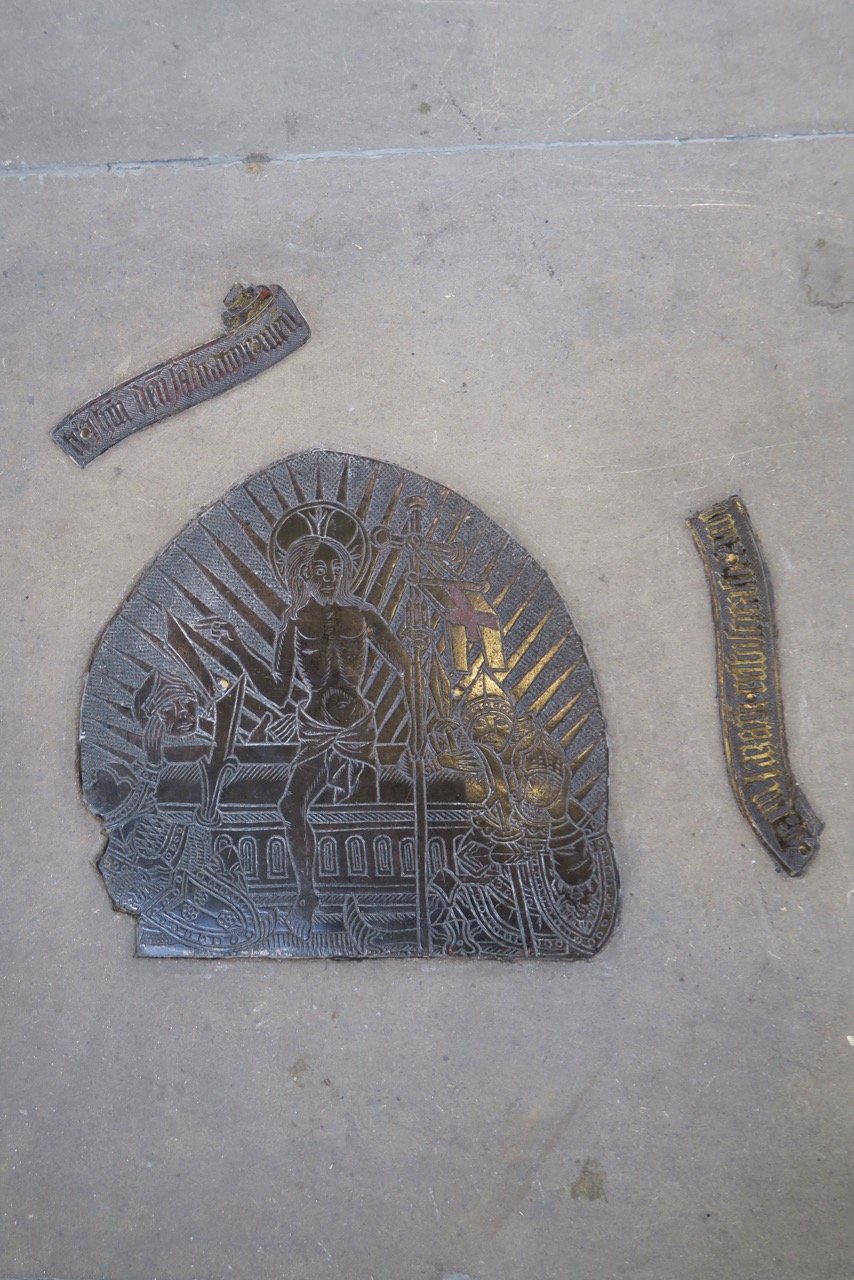
Memorial brass, detail (“Resurrection”, c. 1500)
25/03/2017 | © 2017 TuK Bassler – CC-BY-SA 4.0

All Hallows-by-the-Tower, interior view
25/03/2017 | © 2017 TuK Bassler – CC-BY-SA 4.0
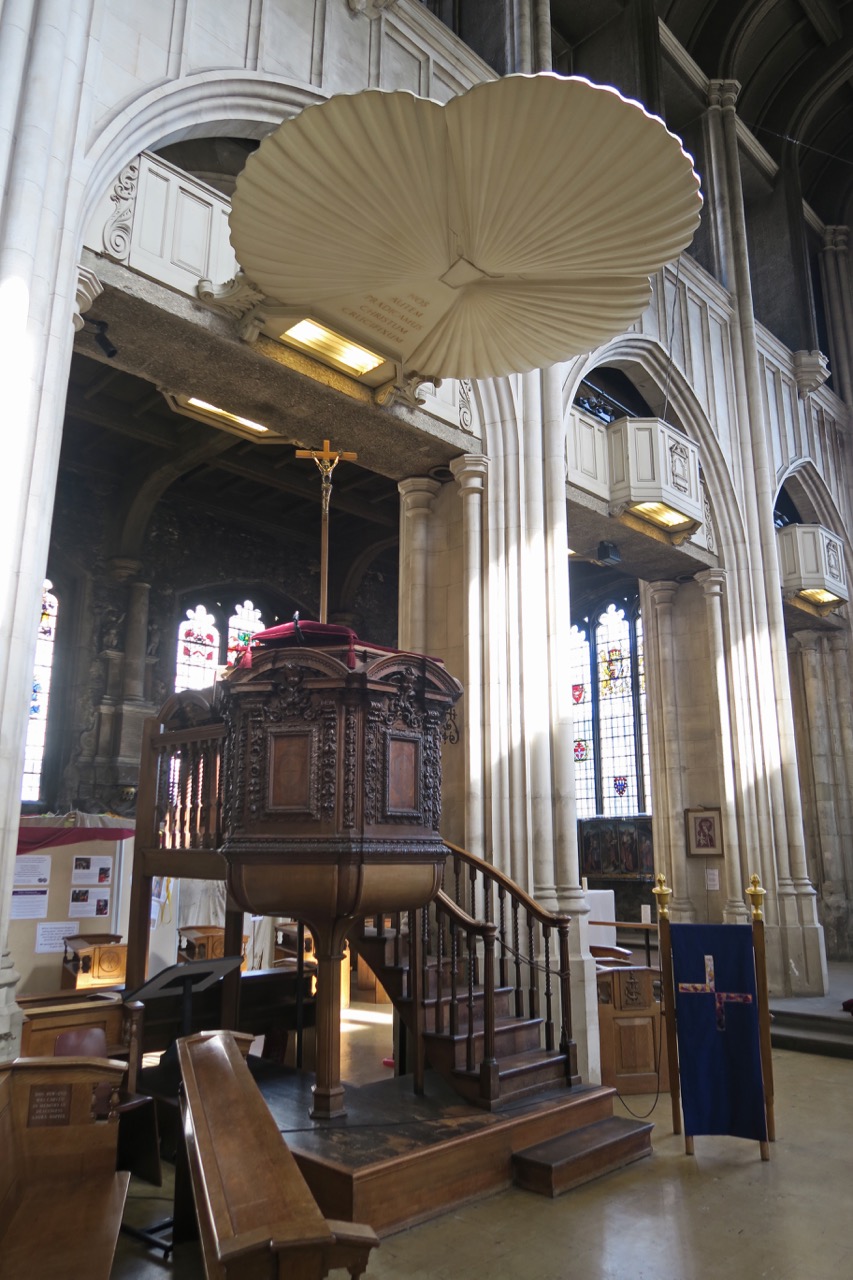
Pulpit (1670)
25/03/2017 | © 2017 TuK Bassler – CC-BY-SA 4.0
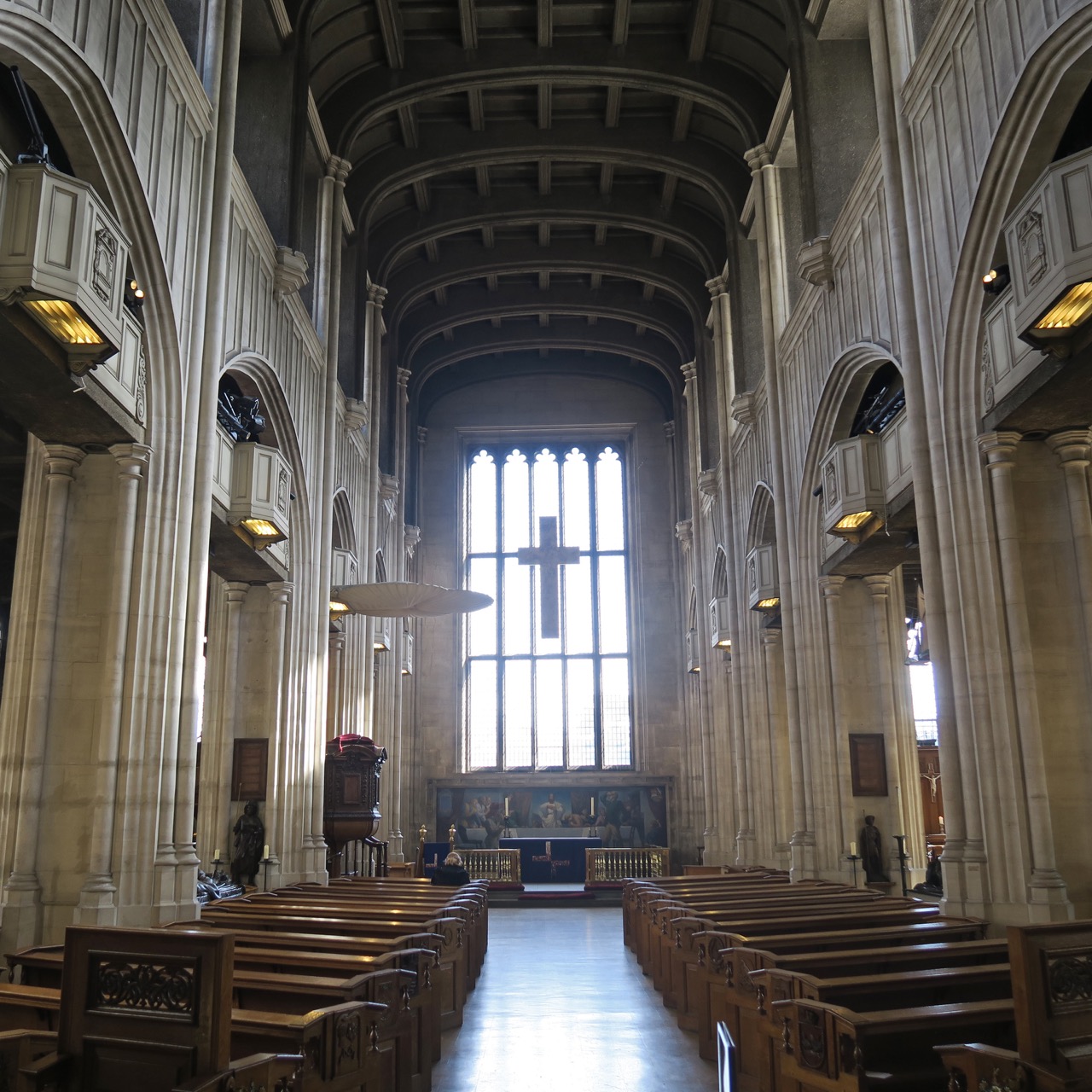
All Hallows-by-the-Tower, interior view
25/03/2017 | © 2017 TuK Bassler – CC-BY-SA 4.0
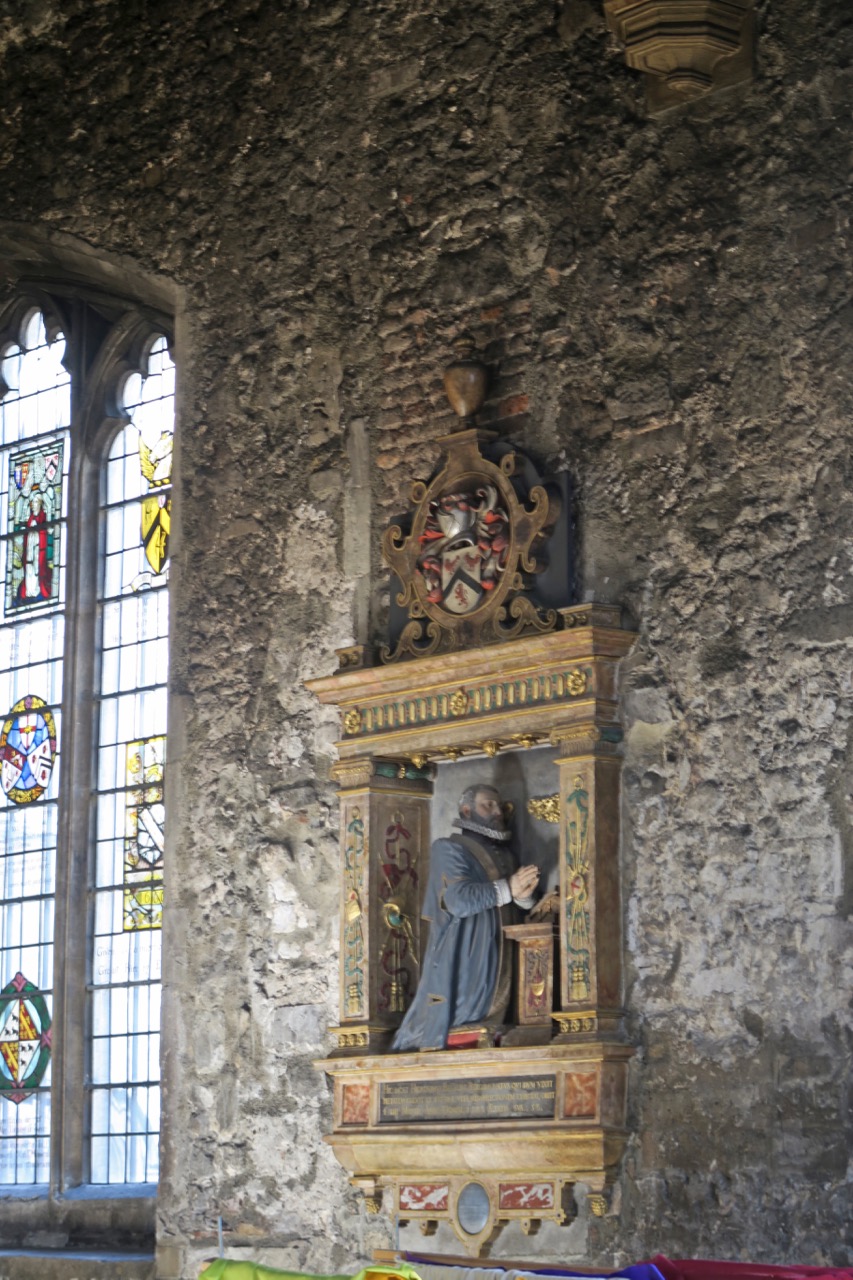
Northern wall with epitaph for Hieronimus Benalius (d. 1583)
25/03/2017 | © 2017 TuK Bassler – CC-BY-SA 4.0
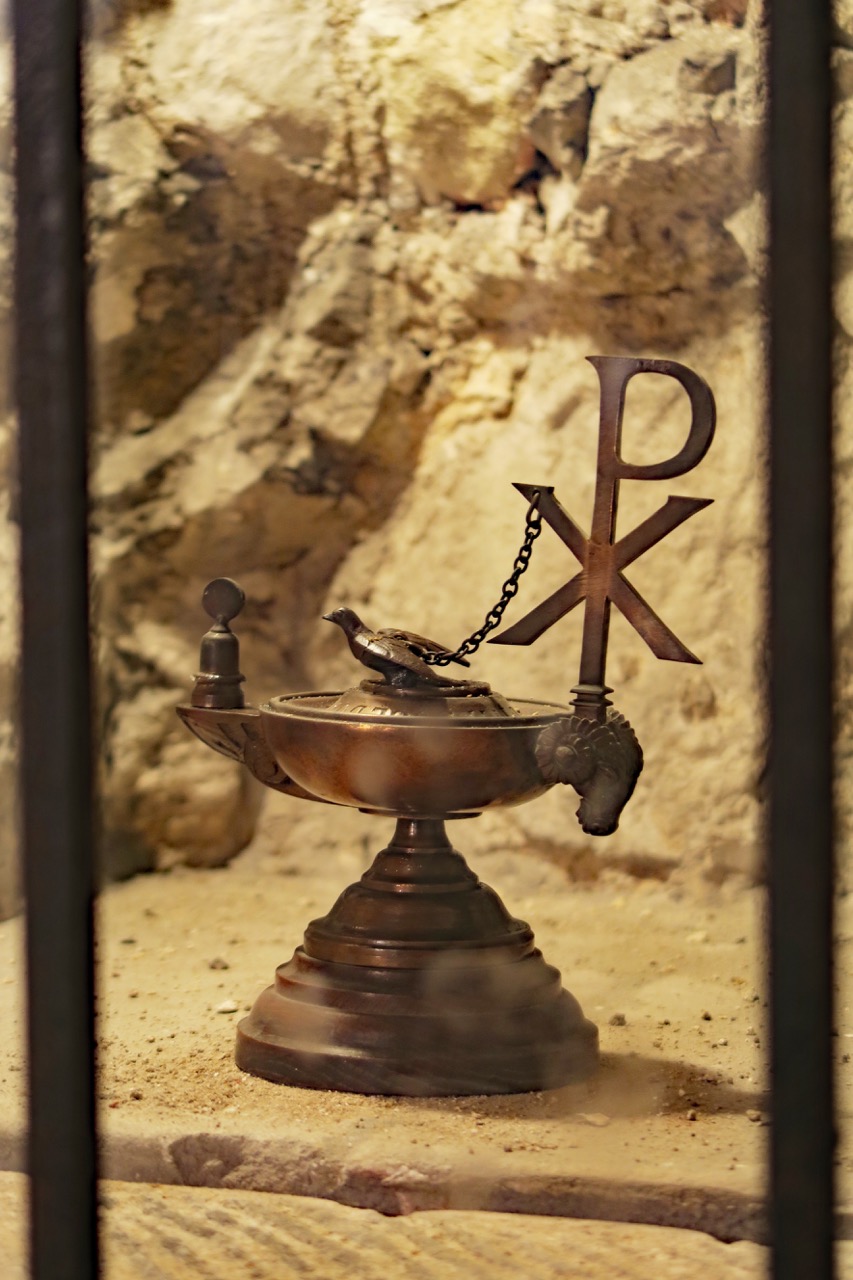
Oil lamp in the crypt
25/03/2017 | © 2017 TuK Bassler – CC-BY-SA 4.0

View towards the organ gallery
25/03/2017 | © 2017 TuK Bassler – CC-BY-SA 4.0
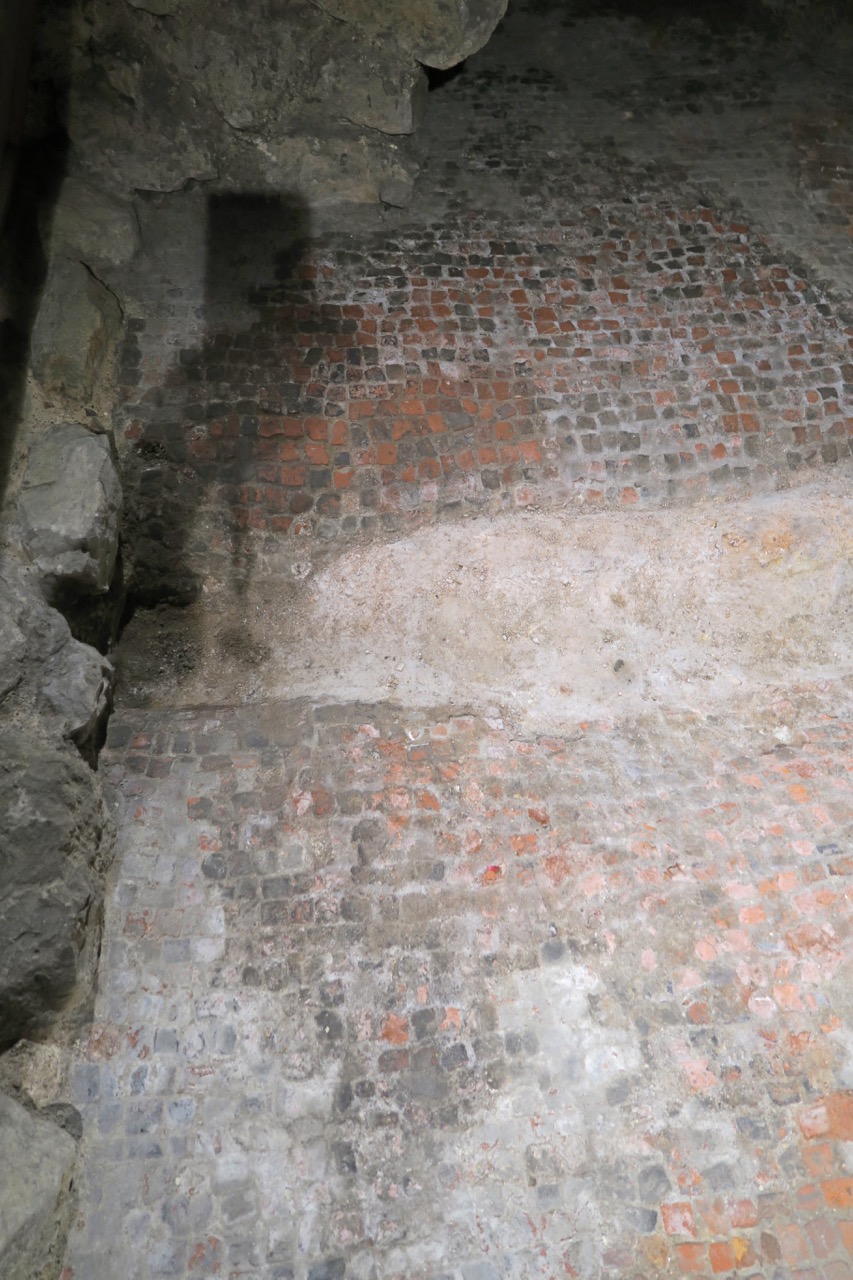
Roman tesselated pavement (2nd cent.)
25/03/2017 | © 2017 TuK Bassler – CC-BY-SA 4.0
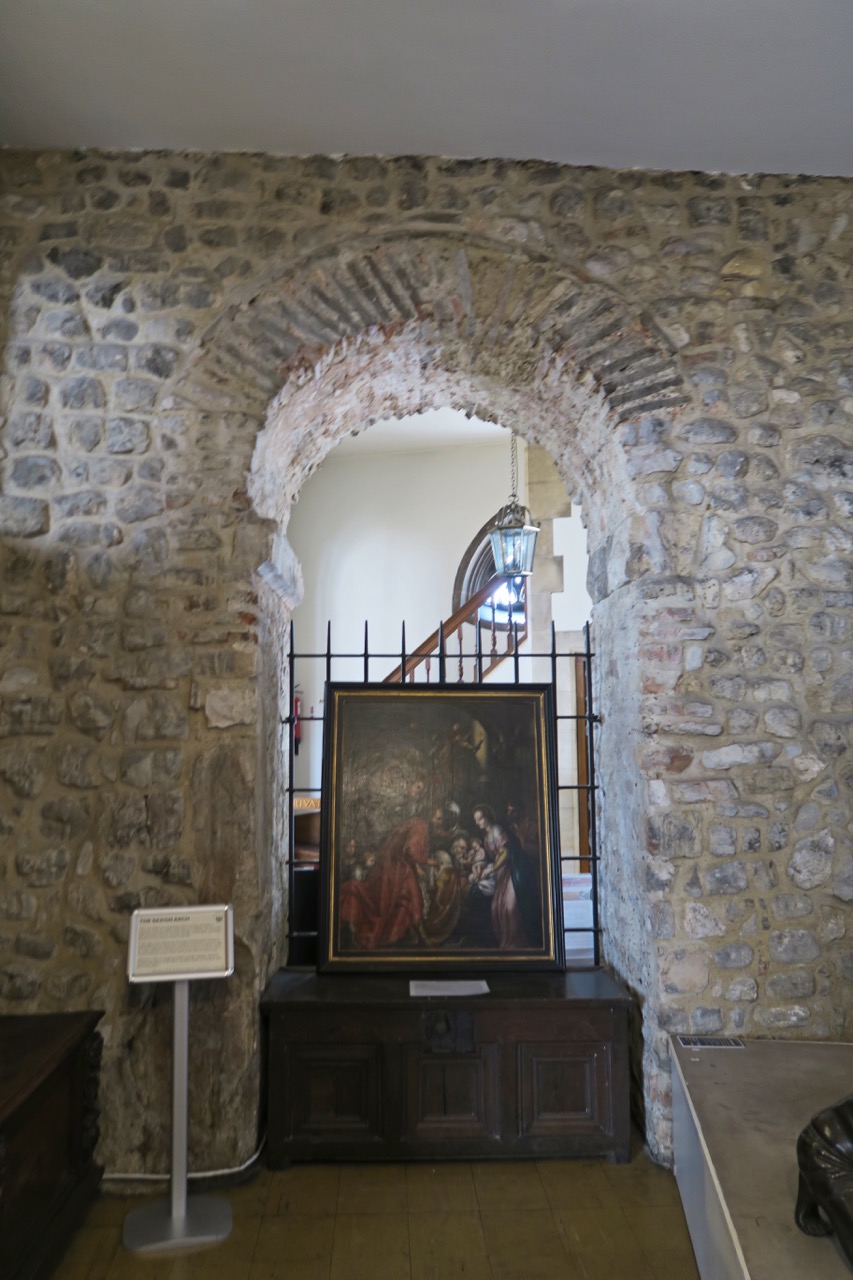
Anglo-Saxon arch
25/03/2017 | © 2017 TuK Bassler – CC-BY-SA 4.0
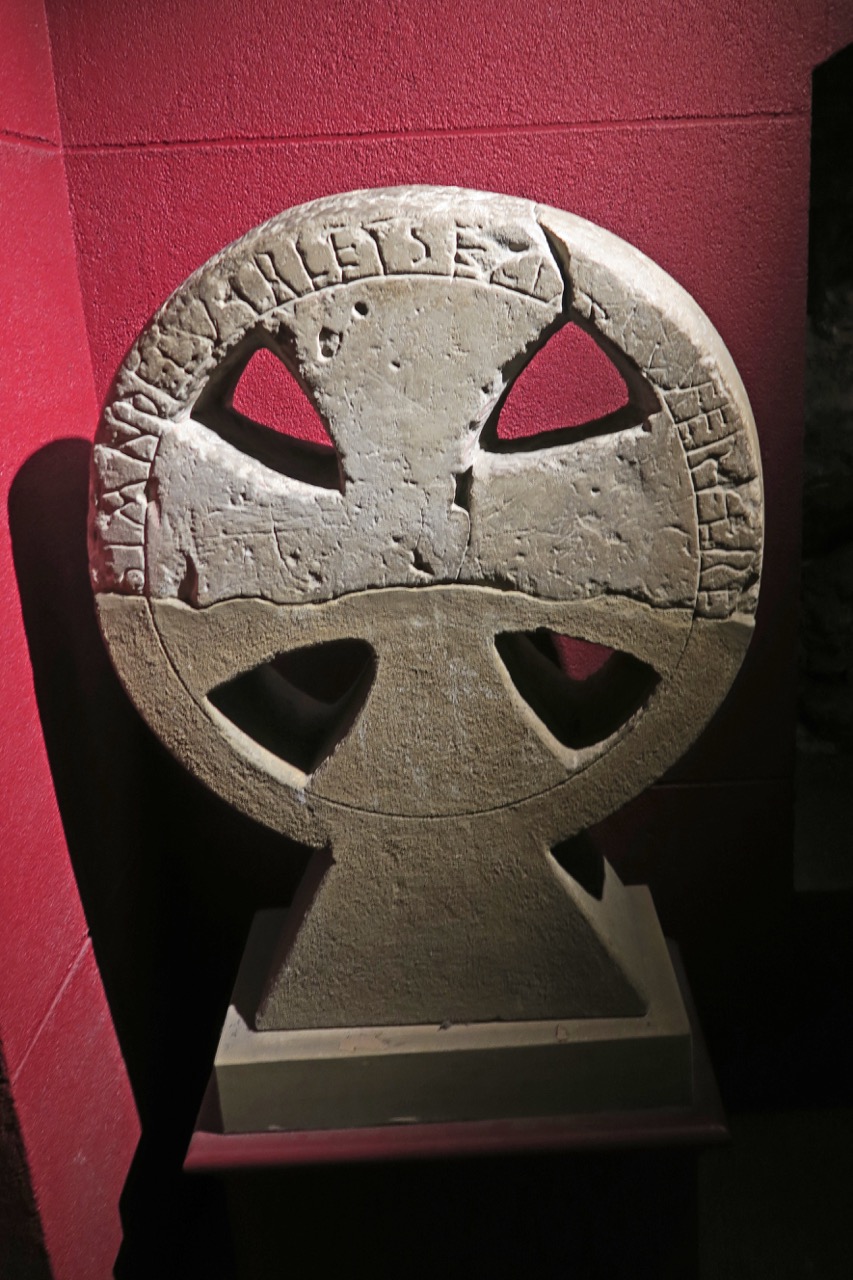
Anglo-Saxon cross
25/03/2017 | © 2017 TuK Bassler – CC-BY-SA 4.0
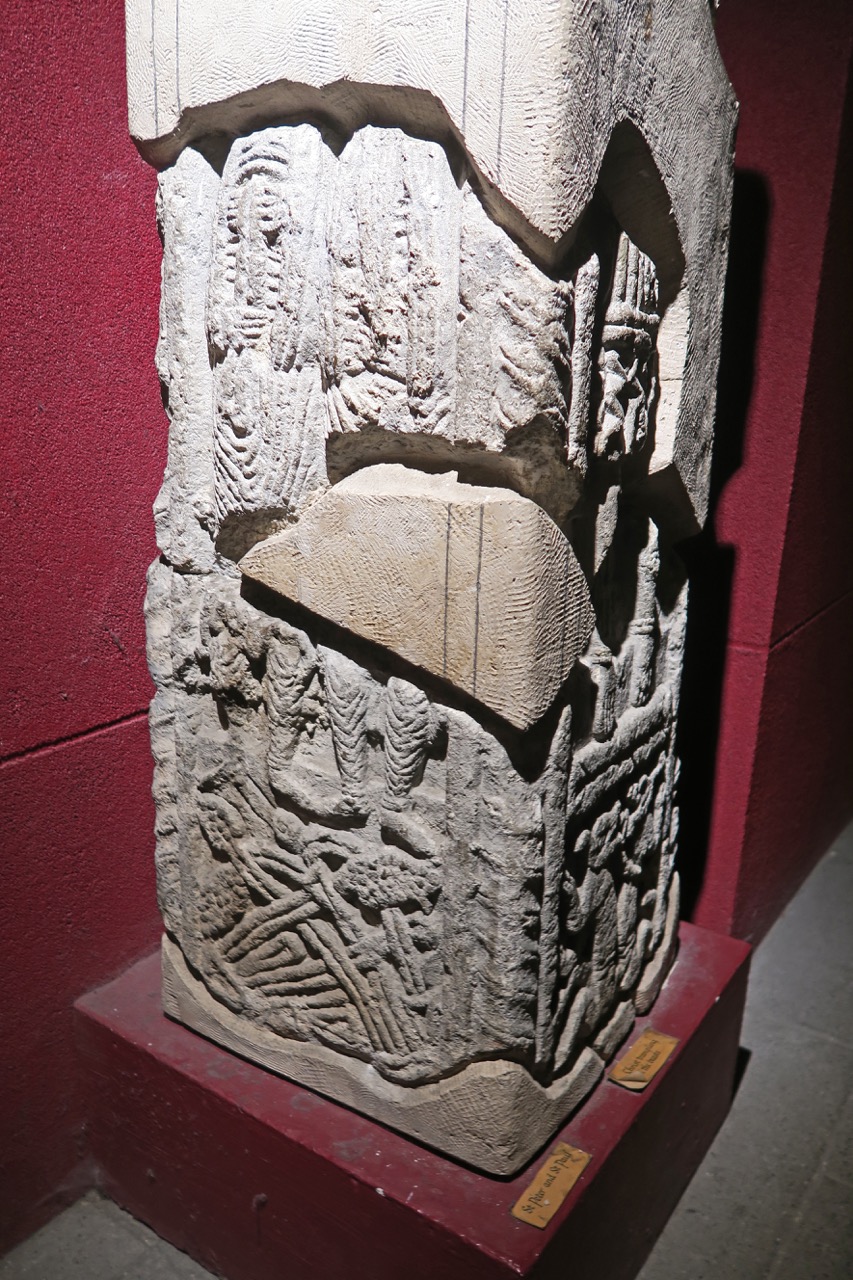
Anglo-Saxon stone (showing St Peter and St Paul)
25/03/2017 | © 2017 TuK Bassler – CC-BY-SA 4.0
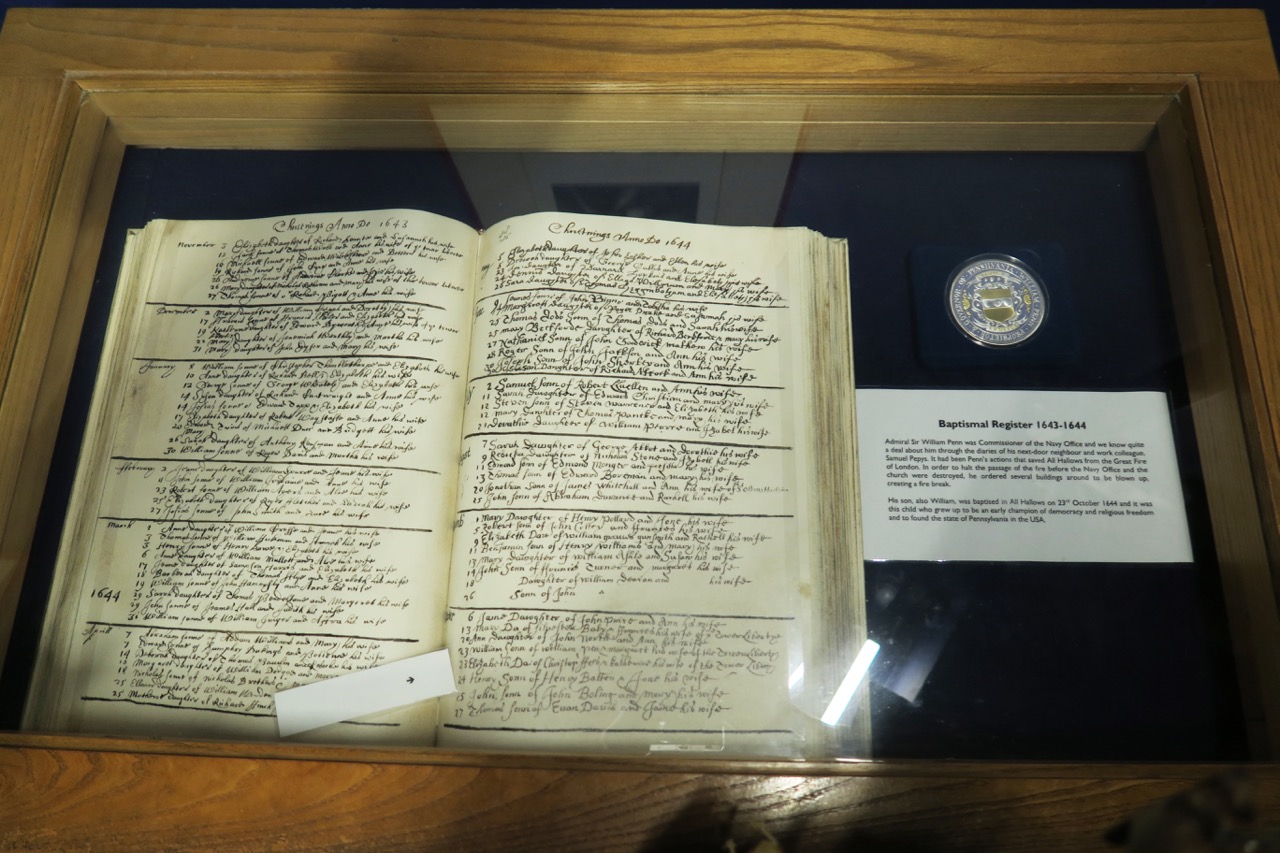
Baptismal register with an entry for William Penn Jr (founder of the US state of Pennsylvania)
25/03/2017 | © 2017 TuK Bassler – CC-BY-SA 4.0
Previous
Next












